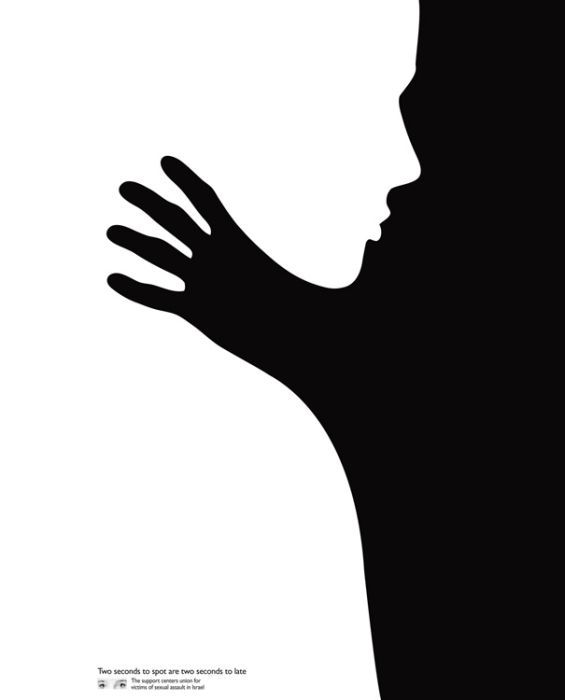|
|
Minimalist Design Print Advertisement
|
Minimalist music is an originally American genre of experimental or Downtown music named in the 1960s based mostly in consonant harmony, steady pulse (if not immobile drones), stasis or gradual transformation, and often reiteration of musical phrases or smaller units such as figures, motifs, and cells. It may include features such as additive process and phase shifting. Starting in the early 1960s as a scruffy underground scene in San Francisco alternative spaces and New York lofts, minimalism spread to become the most popular experimental music style of the late 20th century. The movement originally involved dozens of composers, although only five—Terry Riley, Steve Reich, Philip Glass, John Adams and, less visibly if more seminally, La Monte Young—emerged to become publicly associated with it in America. In Europe, its chief exponents were Louis Andriessen, Karel Goeyvaerts, Michael Nyman, Gavin Bryars, Steve Martland, Henryk Górecki, Arvo Pärt, and John Tavener. The term "minimalist music" was derived around 1970 by Michael Nyman from the concept of minimalism, which was earlier applied to the visual arts. For some of the music, especially that which transforms itself according to strict rules, the term "process music" has also been used.
Minimalist design
The term minimalism is also used to describe a trend in design and architecture where in the subject is reduced to its necessary elements. Minimalist design has been highly influenced by Japanese traditional design and architecture. In addition, the work of De Stijl artists is a major source of reference for this kind of work. De Stijl expanded the ideas that could be expressed by using basic elements such as lines and planes organized in very particular manners.
|
|









